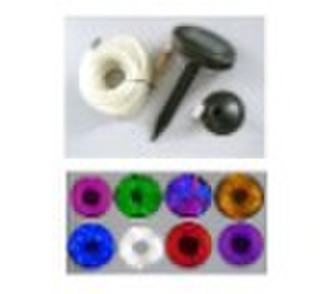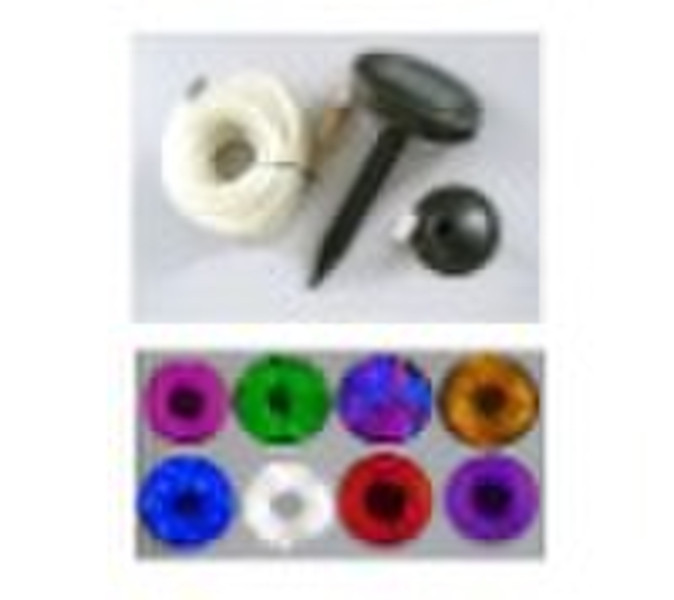Каталог
-
Каталог
- Автомобили и мотоциклы
- Безопасность и защита
- Бизнес
- Бытовая техника
- Бытовая электроника
- Детали машин и услуги по их изготовлению
- Дом и Сад
- Здоровье и медицина
- Игрушки и хобби
- Изделия из металла
- Измерительные и анализирующие приборы и инструменты
- Инструмент
- Красота и личная гигиена
- Мебель
- Мероприятия по охране окружающей среды
- Минералы и металлургия
- Модные аксессуары
- Обувь и аксессуары
- Одежда
- Освещение
- Подарки, сувениры
- Продовольственные товары и напитки
- Промышленное оборудование и техника
- Резина и пластмассы
- Сельское хозяйство
- Специальное оборудование
- Спорт, отдых и досуг
- Сток
- Строительство и недвижимость
- Текстиль и кожа
- Телекоммуникации
- Товары для офиса, учебы. Канцтовары
- Транспорт
- Упаковка и печать
- Химикаты
- Часы, Украшения, Очки
- Чемоданы, сумки
- Электронные компоненты, оборудование, принадлежности
- Электротехническое оборудование и принадлежности
- Энергия
Filters
Search
Солнечный свет строки, Общая длина светового веревки: 9.9m
ориг. цена: 15,00 USD
Нинбо, Китай
Объем производства:
5000 Штука / Месяц

Steven Wong
Контактное лицо
Основные данные
Solar panel: 2V,110MA Battery: Ni-Cd,600MAH,1pc LED: Ø3, 100pcs Color(white/green/blue/red...) Length of wire lead: 2m with water-proof connector Space between LED: 10cm Total length of light rope:9.9m Box size(mm):130x90x22 Total height with stake(mm):295; Connector: 1 pc Ground stake: 1 pc ; Wall bracket: 1 pc Wall anchor and screws: 2 sets Operation mode: Constantly/Blinking Controller: Day/night sensor Lighting time: Over 8hrs after full sunny day Color box(cm): 16x16x10cm CTN(cm):66x18x33 QTY/CTN(pcs):12 QTY/40'(PCS):22876 Net/Gross weight (kg): 5/6 Certificate: CE & RoHSAll About Solar Lights It's not hard to see why is all the rage. Of course it's great that you don't have to pay for electricity, but more important for most folks is the fact that you don't need to install any wiring. Take the light out of the box, put it beside your walkway or in your garden, and you're done. Because most solar lights have a built-in darkness sensor, you don't even need to think about turning them on and off. The technology for outdoor solar lighting is improving rapidly. Solar lights are looking more attractive, shining more brightly, and their run-time is getting longer. To give you a better sense of how these lights work and how to select a good one, here are the basic components: Solar Panel: The solar panel has a photovoltaic cell inside, which converts sunlight to an electrical current. A solar panel's effectiveness depends on the size and quality of the solar cell and the transparency of the protective cover. The solar cell itself is usually the most expensive part of a solar light. As photovoltaic technology advances, prices are gradually coming down. Battery: The solar cells are wired directly to a re-chargeable battery that stores the electricity generated by the cell. A diode located between the cell and the battery ensures that electricity flows only one way: into the battery. NiMH batteries are often used because they stand up better to the frequent charge and release cycles than standard NiCAD batteries. NiMH batteries also have a significant environmental benefit. They can be disposed of without harm to the environment. The battery is usually the second most costly component of a solar light. LED: "Light-emitting diodes" are like miniature light bulbs that are installed in-line on an electrical circuit. The light emitted by an LED bulb is the byproduct of electrons moving through a semi-conductor material. Since there's no need for a filament, these bulbs last a very long time and also do not generate waste heat. The standard runtime of most LEDs is upwards of 100,000 hours, while an incandescent bulb usually lasts for about 3,000 hours. LEDs can be wired in clusters to intensify the light output. Sometimes manufacturers of solar lights increase brightness by combining LEDs with a small halogen bulb. But as LED technology improves, most manufacturers are shifting away from halogen in favor of all-LED solutions. The only exception is solar security lights, which still require the extra light intensity provided by halogen bulbs. Circuitry: This is the most crucial component of a solar light, and the one that most often separates the good solar lights from the bad. Wiring determines how efficiently the stored electricity is converted into light. High-quality circuitry will give you a longer-lasting, brighter solar light. Run Time: The quality and integration of the components described above determines how many hours the light will shine. Run times can be as short as an hour or as long as a few days. Housing: Whether a solar light is strictly functional or highly decorative, its housing needs to be UV-stable and weather tight. Assembly should be minimal. In most cases, the solar panel will be an integral part of the light itself. Sometimes the solar panel is separate, which allows you to mount the light where you need it, and then mount the panel where it will get the best sun exposure. Solar lights have either a manual on-off switch or a photo resister that turns the light on when the sun sets and off when it gets light again. Getting the Most Out of an Outdoor Solar Light Placement of a solar light is all-important. For maximum solar gain, the solar cell should face due south and be positioned on an angle so it is perpendicular to the sun. The surface of the solar cell should not be shaded by foliage or structures at any time during the day. If the light has an automatic on-off sensor, it should not be placed near any other bright light source, such as a street lamp, because it may cause the light to shut off prematurely.
Условия поставки и упаковка
Packaging Detail: Color box(cm): 16x16x10cmCTN(cm):66x18x33QTY/CTN(pcs):12QTY/40'(PCS):22876 Delivery Detail: 10-40DAYS
Порт: NINGBO/SHANGHAI
Условия оплаты
Аккредитив
Электронный перевод
Вестерн Юнион
-
Способы оплаты
Для оплаты товаров и услуг на нашем портале, Вы всегда получаете счет, в котором Вам необходимо самостоятельно указать свои данные.
Мы принимаем к оплате:









